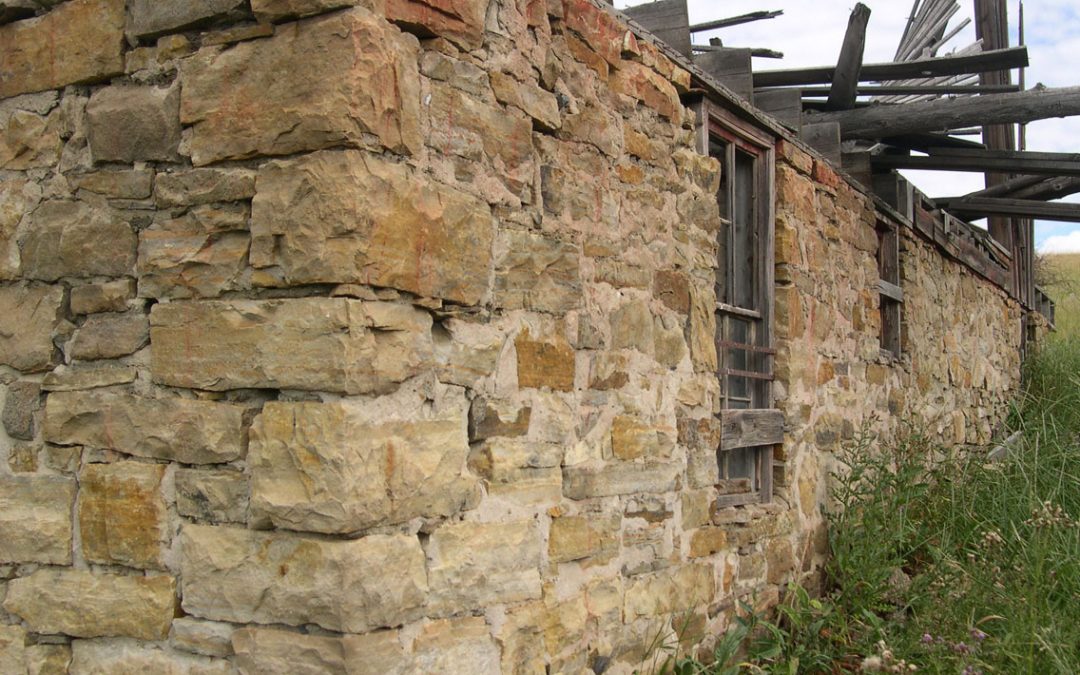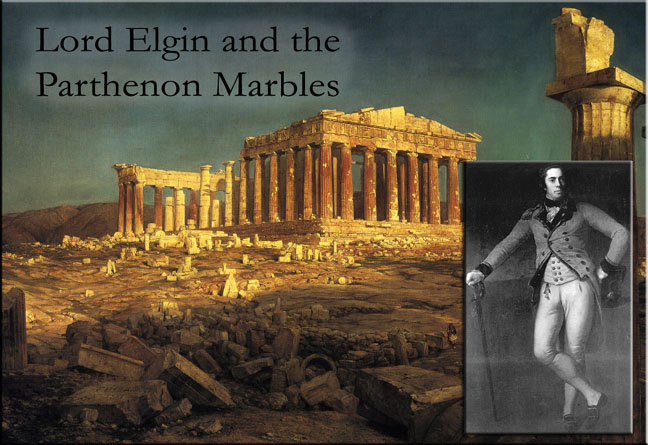


Sagrada Familia
The Basílica i Temple Expiatori de la Sagrada Família ( Basilica and Expiatory Church of the Holy Family) is a Catholic Church in Barcelona, Spain designed by Antoni Gaudí (1852–1926). Construction began in 1882 and continues today with an estimated completion date...
Quoins
Quoins are large rectangular stones used as cornerstones in traditional stone buildings. They provide structural support for buildings, particularly where rubble or fieldstone is used for the rest of the stonework. They also became an important aesthetic element in...
What Makes Red Sandstone Red?
Red sandstones have been quarried as building stones for centuries on all continents except Antarctica. An example in the U.S. is the Smithsonian Castle (left), in Washington D.C., which was constructed from “Seneca Red” sandstone. In the mid-19th century, this...
Montana’s Homestead-Era Stone Buildings
Scattered across the plains of central Montana are the remnants of countless homestead-era stone buildings built in the late-19th and early-20th centuries by long-forgotten European immigrants. Some are mostly standing while others are little more than the...
